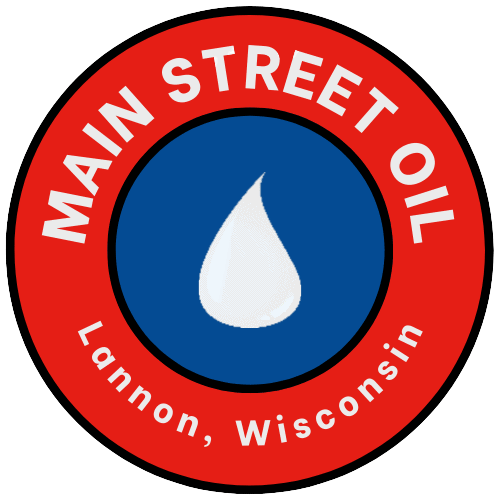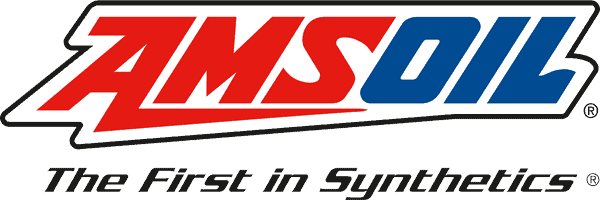Publisher's Note: Welcome to our 24th edition of Tech Tips Tuesday on "Choosing the Right Brake Pad: Your Guide to Brake Pad Selection". We'll be re-publishing an edition of AMSOIL Tech Tips for you every Tuesday. Click on the Blog Category "Tuesday Tech Tips" to see everything published to-date.
Choosing the Right Brake Pad: Your Guide to Brake Pad Selection
John Gardner: All brake pads are not the same, so let's find out which one's right for you. Welcome to this AMSOIL Tech Tip about the brake pad selection.
Well, first of all, let's go back to the basics. We want a high coefficient of friction; that's what you want. What does that mean? Well, I can demonstrate it right here for you. This ice on the table, well, you push it right across. It's really smooth, and it'll slide right off the table. Now, the sandpaper on the other hand, man, that doesn't move at all. That has a high coefficient of friction. You want a high coefficient of friction between your brake pad and the rotor. Now, how do you achieve that? Well, it depends on the brake pad itself.
You know, there's all different types of brake pads. There's organic brake pads, very soft, not a lot of metallic in it, wears out quickly. Then you have a semi-metallic brake pad, which has metal in it. Basically, most vehicles use them right now. Good stopping power but may squeal a bit. And then we step it up to the ceramic brake pads. Those are really nice, good heat dissipation, and the dust on your rims is usually white in color, stops really, really well.
But with the ceramic brake pads come a break-in procedure. Now, to do that, you want to make sure you're distributing the actual layer of pad around that rotor evenly. So you do 20 slowdowns from 50 to 20 mph, no panic stops, and never come to a complete stop and let those pads sit on there. So, really, to sum it up, just keep doing some stops and then drive, let it cool down, and then you'll have a top-notch brake job, right, Len?
Len Groom: Well, wait a minute, John, don't we want to keep things clean?
John Gardner: Well, absolutely, that's a big part of the brake job. Now, when you're doing it, you don't want that grease to go around there and put a whole layer of that around, and you'll mess up this whole breaking procedure. Len, what does AMSOIL have to help us out during this brake job?
Len Groom: Well, in this case, we've got our brake parts cleaner. So, this stuff does a number of things well. Super high pressurized can that's going to help blow all that dirt out of there. It's got a real good solvent in it that's going to cut that dirt, and it also dries really quickly.
John Gardner: Yeah, make sure you use it during the whole brake job so your brakes will be in tiptop shape. You know, I have a whole case of it at my house. You can too.

Choosing the Right Brake Pad: Your Guide to Brake Pad Selection
Please contact Keith, at 262-853-7900 for information about the AMSOIL preferred customer program, including the discounts you get to be able to buy at wholesale prices. And, as we said, Preferred Customers get a print copy of the AMSOIL Preferred Customer Magazine FREE via US Mail - as well as wholesale pricing on AMSOIL products. Click here to become an AMSOIL Preferred Customer, or contact Keith, at 262-853-7900.
Regards,
Keith Klein
Organizer, Wisconsin Business Owners
Founder & CEO, OnYourMark, LLC
We welcome your comments, questions and suggestions about Brake Pad Selection. Please contact us with questions. Best to call, email or visit our site for the best response. We do invite you to engage with us on social media (just not for immediate needs). As always, if you like, you will find us on the following social media sites, among many others:
Facebook
LinkedIn
Twitter

